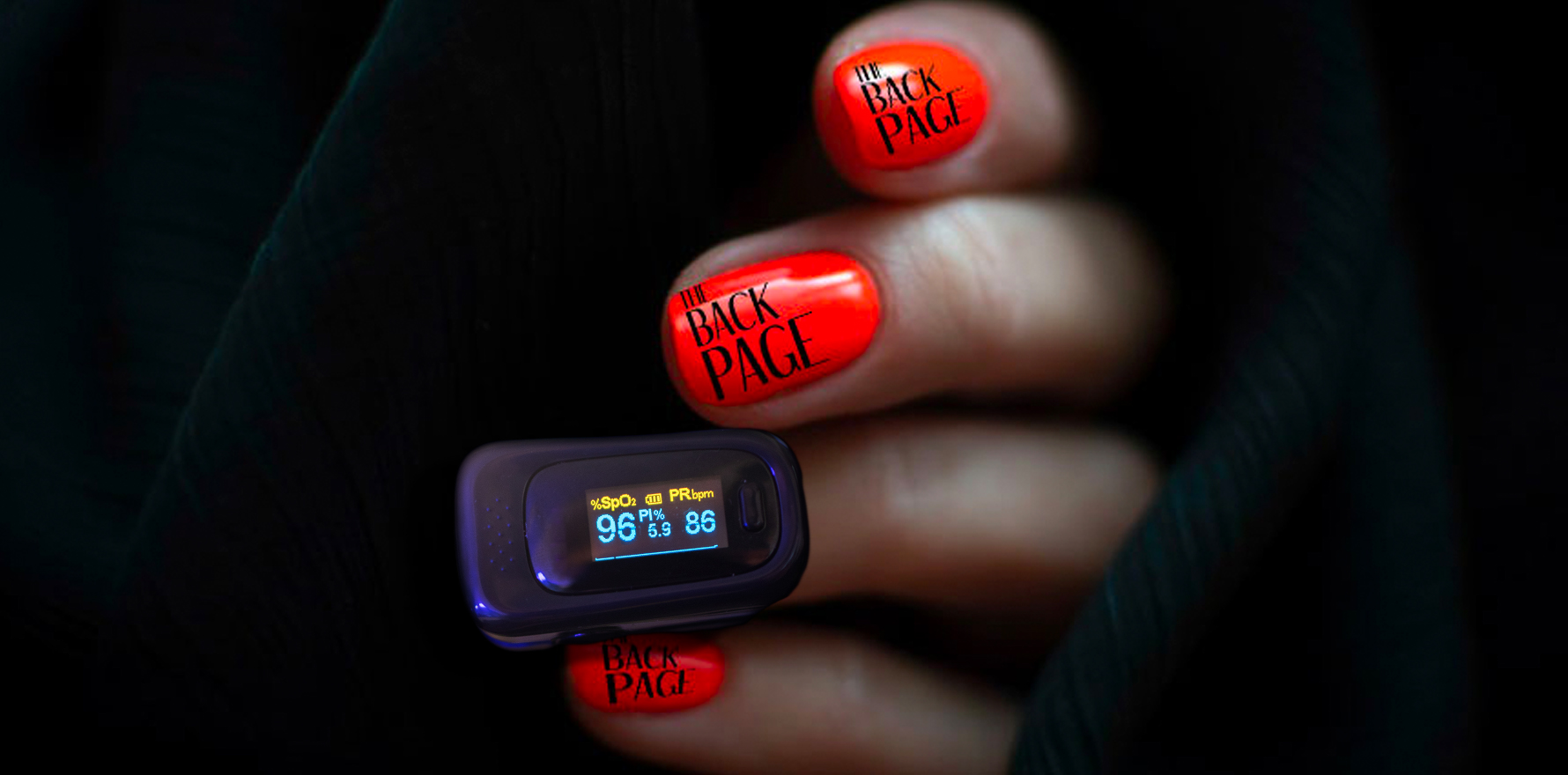The devices are so hot right now, nail polish and natural pigmentation not so much.
Covid is the new black for summer 2022, which makes pulse oximeters the must-have accessory.
Worn on the fingertip this season, the device is an on-trend but casual way to monitor oxygen saturation for those sporting the rona look at home rather than in hospital.
It’s important because covid can come with this cute “happy hypoxia” feature where a patient can have an O-sat incompatible with life while feeling normal until it’s suddenly too late.
So state health services have been sending out the oximeters as free gifts to patients, although not always in the most timely fashion, as you can read here.
That makes it a good time to remind your patients of the under-reported but long-known fact that nail polish of any dark hue, while having a particular fashion moment right now, should not be worn if you want to obtain an accurate reading.
Nor should, um, brown or black skin.
The TGA recently put out a warning that the accuracy of pulse oximetry was adversely affected by various factors including skin pigmentation.
They work by shining light through the skin and measuring the reflection from oxygen transporters in the blood, which gets darker with higher levels of oxygen present.
That means dark skin, nail polish, tattoos or henna dyes can lead to an overly rosy picture of the patient’s health.
“Clinicians are reminded that pulse oximeter devices may not accurately detect hypoxaemia,” the TGA says. “Recent evidence increases concerns that oxygen saturations may more frequently be overestimated by these devices in persons with darker skin.”
We say it’s a good time for you to remind your covid-positive patients of this, because the state health service apparently won’t: as our colleague’s afore-linked plague diary recounts, she and her partner were subjected to long and invasive daily interrogations, but they were never asked about skin colour or warned of the other ways fingertip oximetry can fail to show dangerously low oxygen.
If you see something that takes the wind out of your sails, tell felicity@medicalrepublic.com.au


